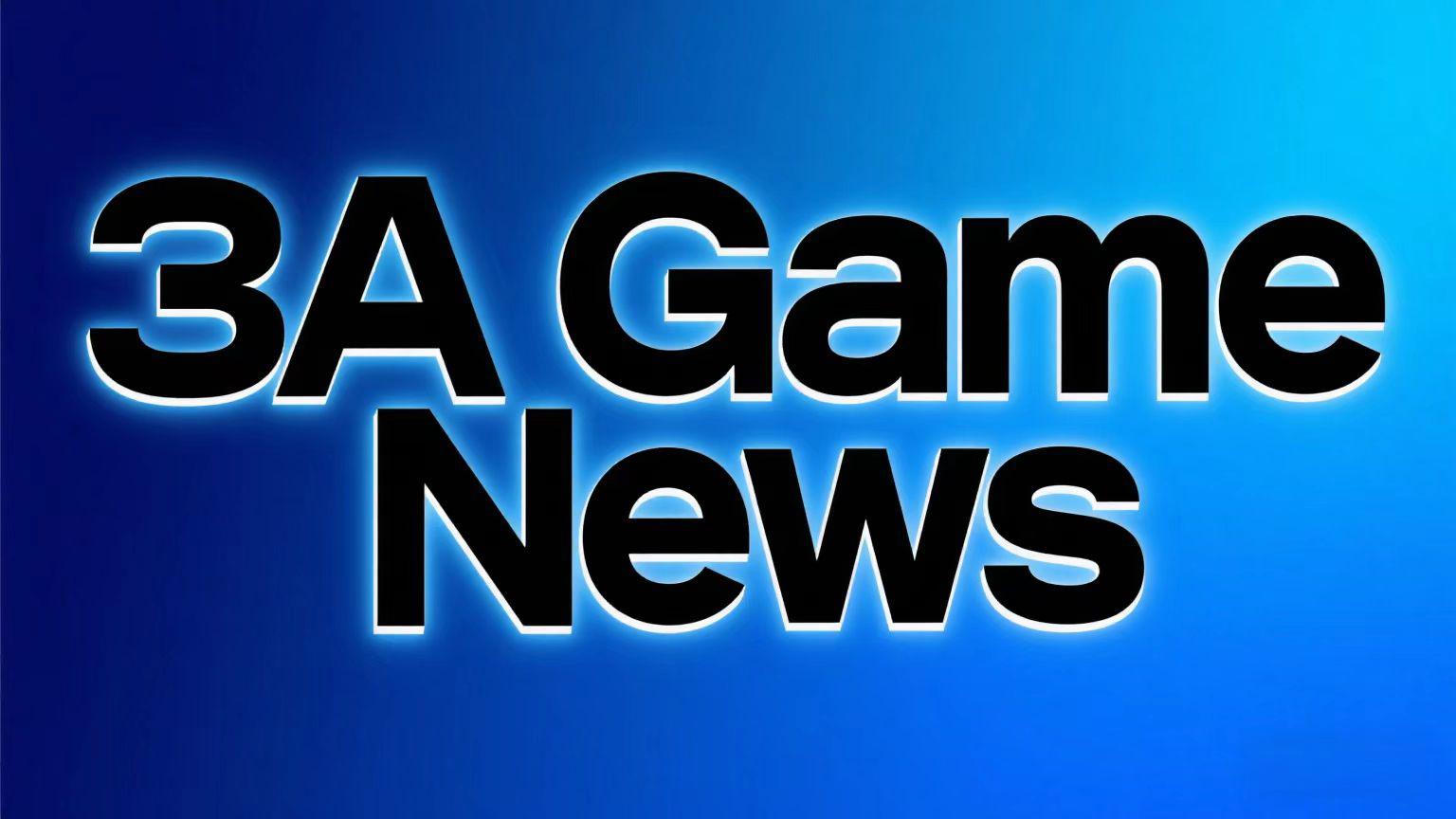The Science of Determining AAA Game News Authenticity
In the hyper-connected digital age, the announcement and coverage of AAA video games have become major cultural events, often generating as much excitement as the games themselves. However, this intense interest has also given rise to a significant challenge: the proliferation of rumors, leaks, and outright misinformation. For gamers, investors, and industry professionals alike, distinguishing fact from fiction has evolved from a casual pastime into a critical skill—one that increasingly relies on a methodical, almost scientific approach. The process of determining the authenticity of AAA game news is a multidisciplinary exercise, blending digital forensics, source analysis, psychological insight, and technical verification.
The Ecosystem of Game Information
The lifecycle of AAA game news typically begins long before an official announcement. It originates in the opaque world of internal studios, where developers, testers, and marketers operate under strict Non-Disclosure Agreements (NDAs). Despite these safeguards, information inevitably leaks. This information then travels through a complex ecosystem comprising anonymous insiders, data miners, content creators, journalists, and finally, the public. Each node in this network can either validate or distort the original information. Understanding this pathway is the first step in authenticating news. An unsourced rumor on a social media platform has a fundamentally different provenance than a report from a veteran journalist at a major outlet, and weighting them accordingly is crucial.
The Pillars of Verification
-
Source Provenance and Track Record: The most fundamental principle is evaluating the source. This involves a historical analysis. Does the leaker or journalist have a proven record of accuracy? Entities like Jason Schreier of Bloomberg News or Jeff Grubb of Giant Bomb have built reputations over years by consistently providing verified information. Their reports are weighted heavily because their credibility is a valuable asset. Conversely, an anonymous Twitter account with no history is treated with extreme skepticism. The concept of "proof of life" or evidence of proximity is also key. A leaked image of a development build, a photo of a internal studio whiteboard, or a clip of alpha gameplay carries more weight than a simple text-based claim, as it is harder to fabricate.

-
Corroboration and Convergence: A single source, no matter how reputable, can make an error. Authenticity is greatly strengthened when multiple independent sources converge on the same information. If a known insider hints at a new Far Cry title set in a specific location, and days later, a data miner finds assets related to that location in a Ubisoft Connect update, the rumor gains substantial credibility. This multi-sourced validation is a cornerstone of journalistic practice and is equally applicable to game news verification. The absence of corroboration, especially from other established figures in the space, is often a red flag.
-
Technical and Digital Forensics: In an era of sophisticated deepfakes and Photoshop, verifying visual evidence requires a technical eye. This involves analyzing metadata of images and videos, looking for inconsistencies in lighting, shadows, and UI elements that might betray a fabrication. For instance, a "leaked" screenshot claiming to be from a next-generation console game might be analyzed for its resolution, texture quality, and anti-aliasing techniques to see if they align with the purported hardware's capabilities. Data mining, the process of extracting information from game files or online platforms, provides some of the most concrete evidence. The discovery of character models, voice lines, or menu text within official software is almost incontrovertible proof of a game's development.
-
Psychological and Motivational Analysis: Understanding why someone would leak information is a key part of assessing its validity. Motives can range from the altruistic (building hype, managing fan expectations) to the malicious (damaging a competitor, sowing discord) to the narcissistic (gaining clout and followers). A leaker seeking attention may overhype a minor feature, while a disgruntled employee might leak negative information out of spite. Analyzing the tone and content of a leak against potential motives can provide insight into its potential biases and reliability.
-
Official Channels and Corporate Communication: Sometimes, the science lies in reading the silence. How a company responds—or does not respond—to a leak can be telling. A swift and aggressive legal takedown of a leaked video, as Nintendo often employs, frequently confirms the leak's authenticity. Conversely, a complete lack of response from a publisher might indicate the news is insignificant or false. Official announcements themselves are now part of a meta-game. The careful language used in press releases, the specific trademarks filed, and the timing of announcements relative to leaks can all be parsed for information.
The Human Element: Bias and the Desire to Believe
The scientific process is often compromised by a powerful variable: human psychology. Confirmation bias is the Achilles' heel of news verification. Fans who desperately want a new Elder Scrolls or Half-Life game are more likely to uncritically accept leaks that promise exactly that. This desire creates a fertile ground for hoaxes, which can spread like wildfire through echo chambers on Reddit, Twitter, and YouTube, where algorithms prioritize engagement over accuracy. The "clout economy" incentivizes the creation of sensational, unverified leaks because they generate views and revenue, regardless of their truth.
Conclusion: A Dynamic Equilibrium
Determining the authenticity of AAA game news is not a strict natural science with immutable laws, but a fluid social science. It is a continuous process of hypothesis (this leak seems plausible), testing (seeking corroboration, forensic analysis), and conclusion (accepting or rejecting the claim). The tools are constantly evolving; as companies develop better security and deeper fake technology improves, the methods of verification must advance in tandem.
Ultimately, the most reliable strategy is a holistic one. It combines a healthy skepticism with an understanding of the industry's inner workings, a respect for credible sources, and the technical literacy to assess evidence. In the thrilling anticipation that surrounds blockbuster games, this scientific approach provides a necessary compass, allowing us to navigate the hype and misinformation to find the genuine excitement that lies at the heart of gaming culture.














